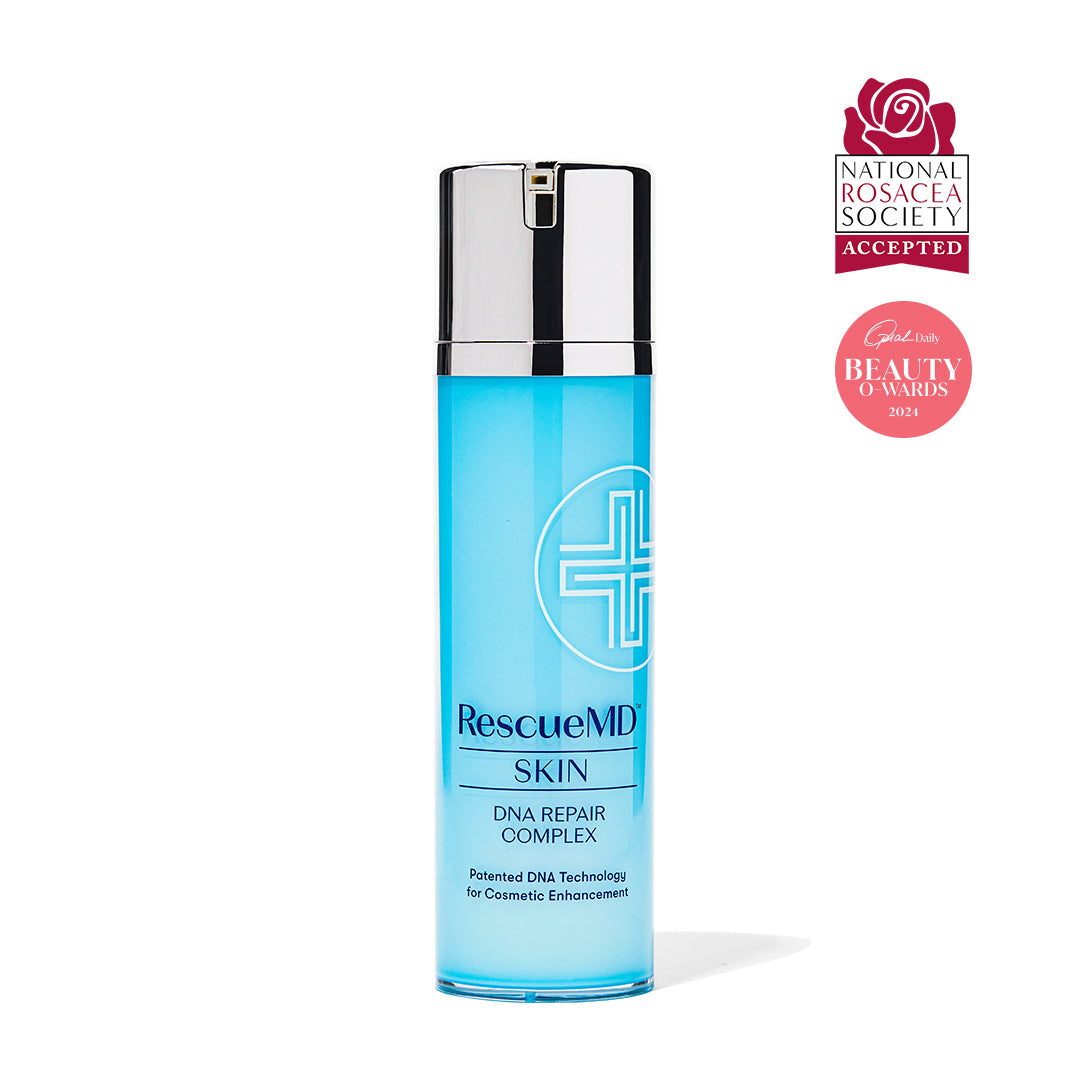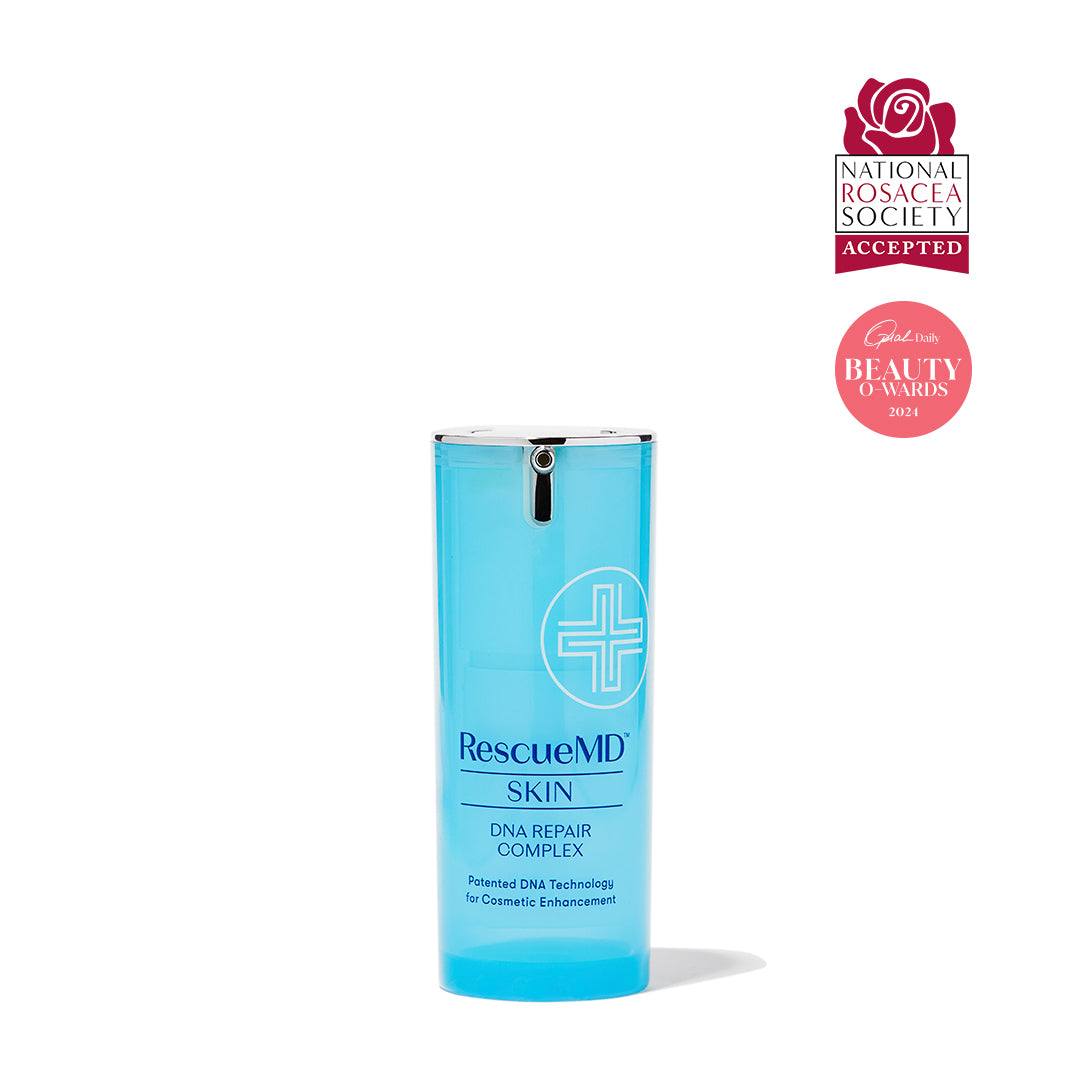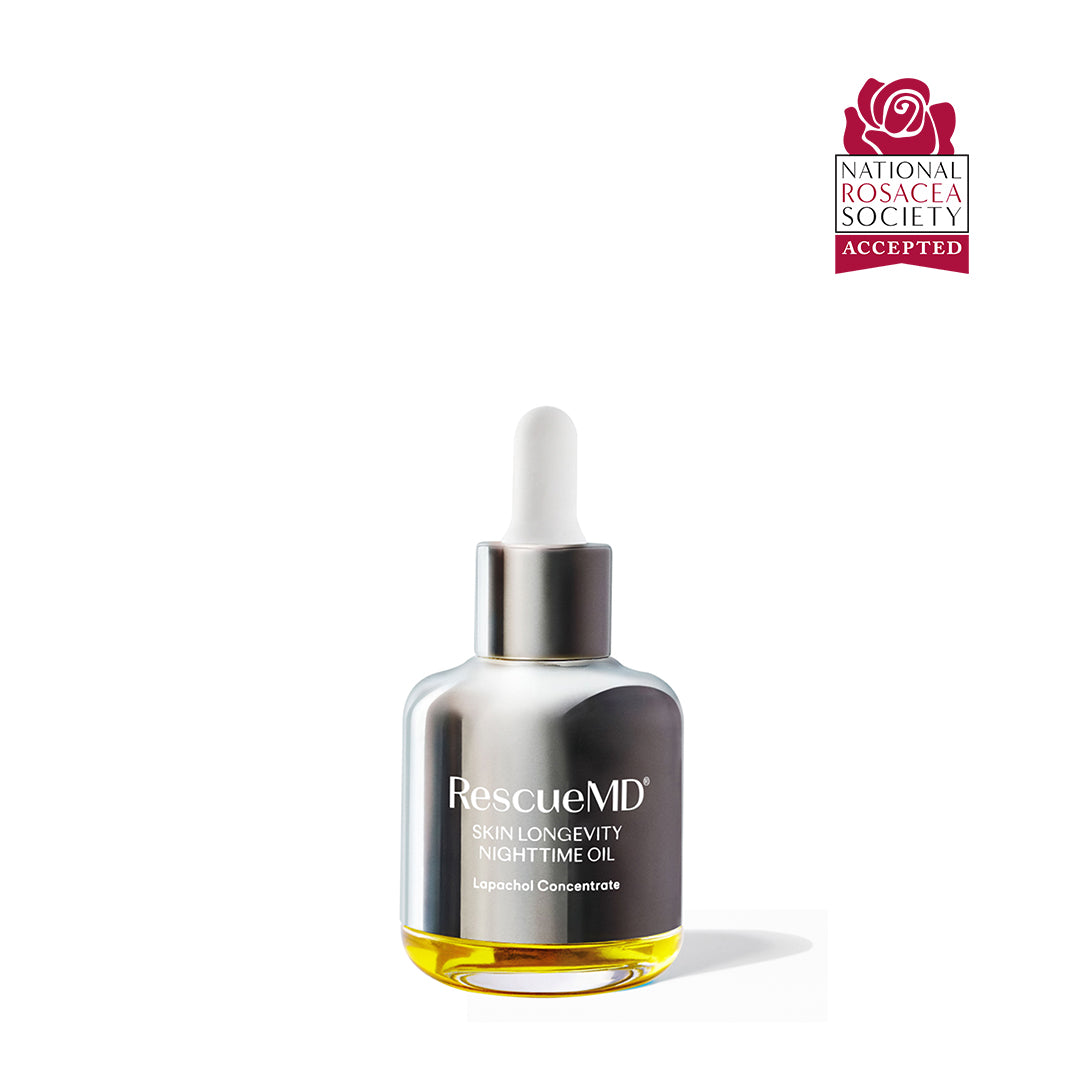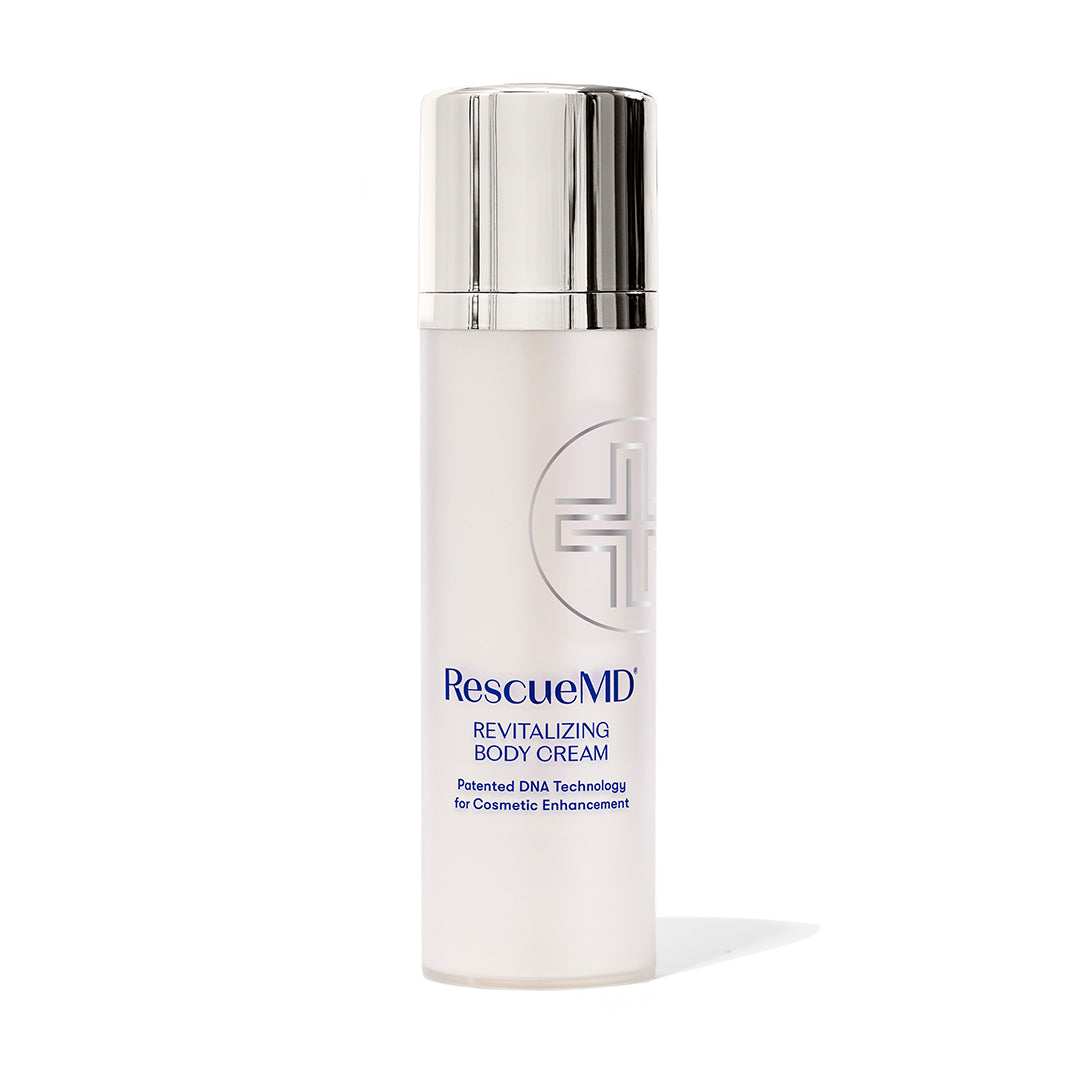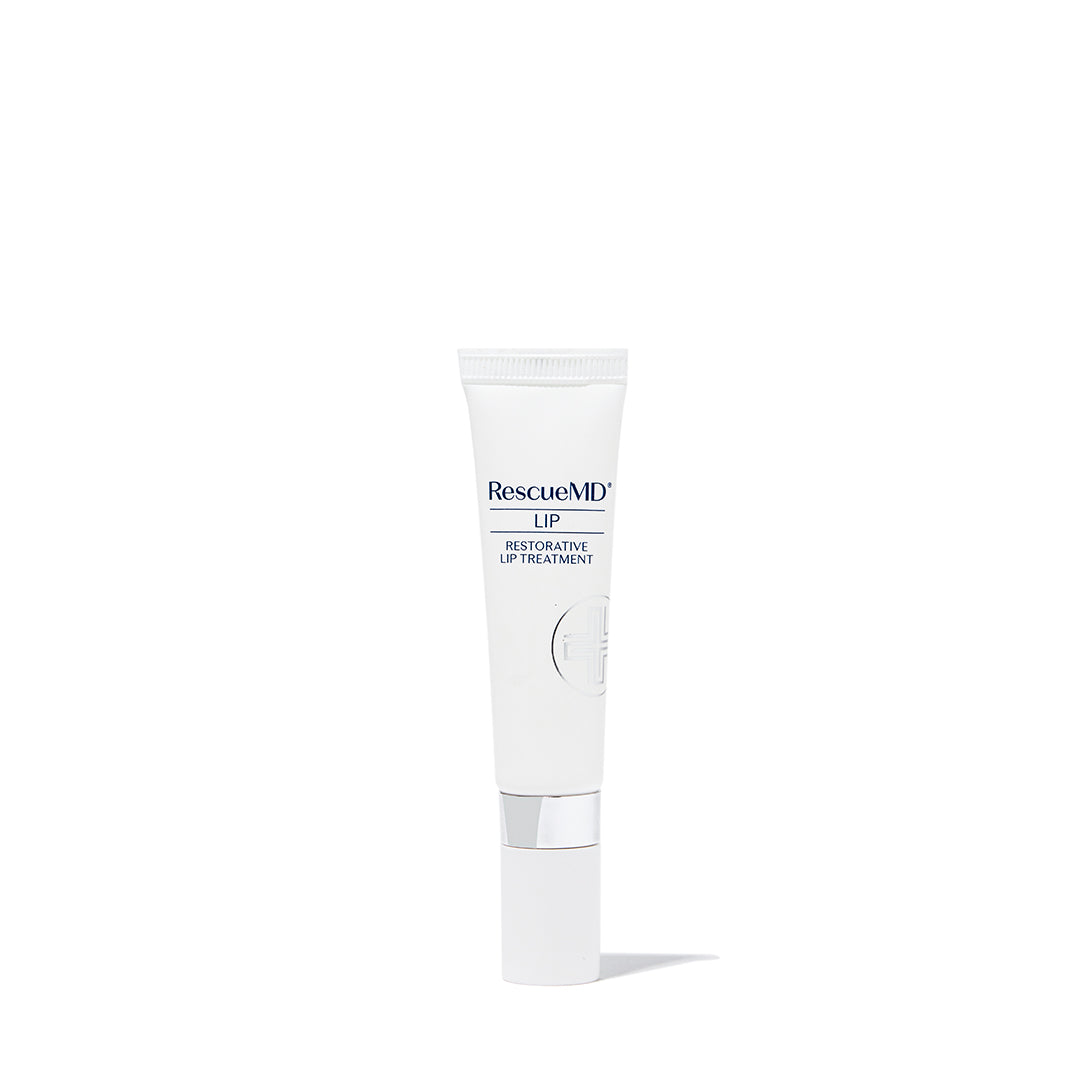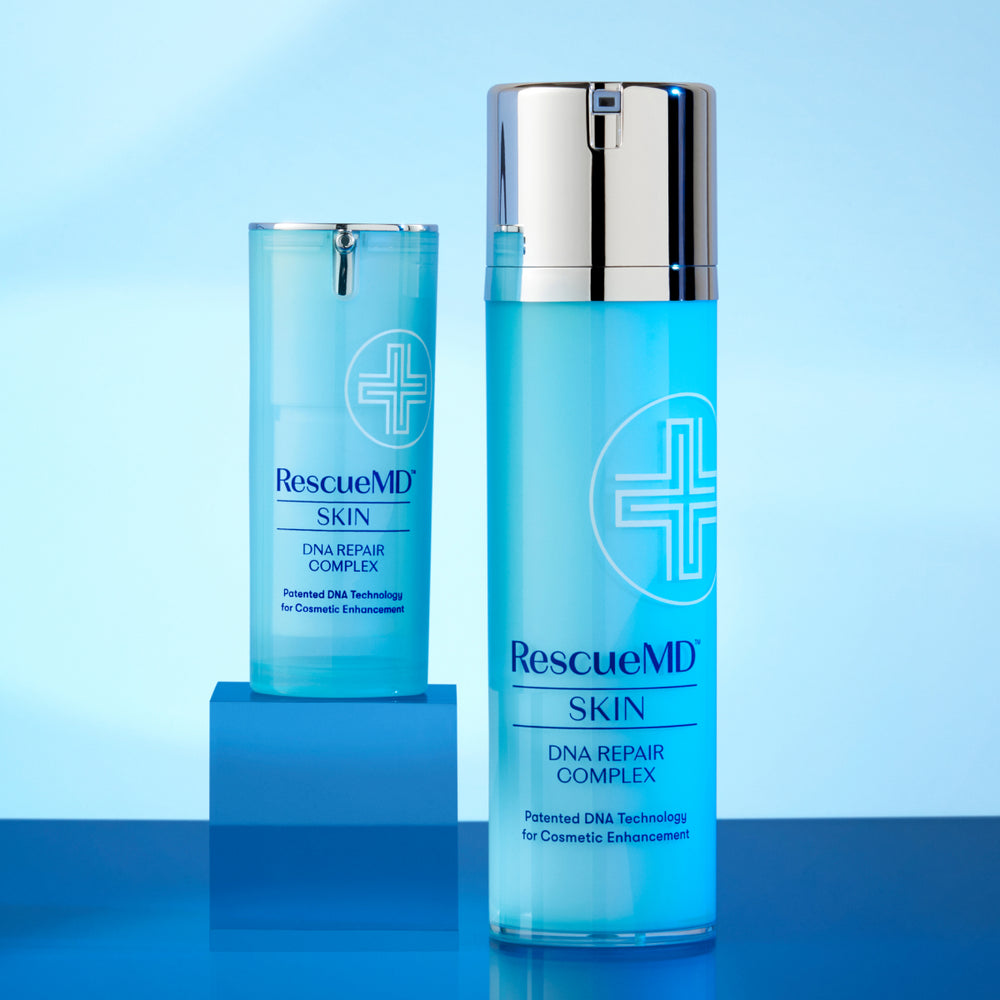As the seasons change and temperatures drop, fall and winter present the perfect opportunity to give your skin the attention it deserves—particularly the skin below the neck. With reduced sun exposure and cooler weather, these months provide an ideal environment for addressing issues like sun damage, aging, and uneven skin tone. During this time, you can safely undergo rejuvenating treatments without the added risk of UV damage, allowing your skin to heal more effectively.
Plus, renowned NYC dermatologist, Dr. Marisa Garshick shares how to enhance your healing and optimize your results post-procedure with RescueMD DNA Repair Complex + Revitalizing Body Cream.
Why Are Fall And Winter Considered The Best Seasons To Focus On Correcting And Rejuvenating The Skin From The Neck Down?
Fall and winter are ideal for skin rejuvenation because sun exposure is reduced during these months, which minimizes the risk of post-treatment hyperpigmentation. Cooler weather also allows for more recovery time indoors, making it easier to follow post-procedure care instructions without the added stress of UV damage. Additionally, addressing skin concerns during these seasons helps prepare the skin for the next summer, leaving it healthier and more radiant.
Why Is It Essential To Invest In Treatments For The Skin Below The Neck, And What Long-Term Benefits Does It Provide?
The skin below the neck often gets neglected, yet it’s just as vulnerable to aging, sun damage, and environmental stressors. Investing in body treatments not only improves the skin's appearance, but it also enhances overall skin health by promoting collagen production and cellular renewal. Long-term benefits include firmer, more youthful skin, reduced signs of aging, and a more even skin tone, making the skin more resilient and radiant over time.
What Are The Key Treatments For The Neck, Décolletage, And Body, And How Do The Most Popular Treatments Differ Between Areas Like The Neck & Décolletage Versus The Stomach?
For the neck and décolletage, treatments like microneedling, laser resurfacing, and radiofrequency therapy are popular as they target fine lines, wrinkles, and skin laxity. These areas respond well to collagen-stimulating procedures that enhance texture and tone.
Microneedling basically is the idea of creating little micro-injuries in the skin to stimulate new collagen. And so when you do so, you help tighten, you improve the appearance of fine lines, wrinkles, etc. Radiofrequency has an added benefit of also helping to stimulate collagen production as well as tighten the skin.
Dr. Marisa Garshick
Board Certified Dermatologist
For the stomach, treatments may focus more on skin tightening and reducing stretch marks through body contouring or radiofrequency treatments. Benefits include firmer skin, smoother texture, and a more youthful appearance, with results tailored to the specific needs of each body area.
Are There Any Specific Treatments Or At-Home Protocols For Addressing Stretch Marks Effectively?
For stretch marks, combining in-office treatments like microneedling, radiofrequency, or laser therapy with an at-home regimen can yield the best results. Products like DNA Repair Complex and Revitalizing Body Cream are effective for stretch marks when used consistently over time. These products work to strengthen and repair the skin, improving elasticity and minimizing the appearance of stretch marks as they are a type of scar. Daily, long-term use is essential for optimal results.

Dr. Marisa Garshick Shares Her Post-Procedure Recommendations
What Can One Expect In Terms Of Downtime And Post-Care After A Radiofrequency Microneedling Treatment?
“Radiofrequency microneedling has the perk of minimal downtime compared to other procedures. Typically, you may experience redness for four to six hours, and some blotchiness may persist, especially on the neck and chest, where the skin holds pigment longer due to fewer oil glands. For the first 24 hours, it’s best to avoid makeup, sunscreen, or any products—just focus on sun protection. After 24 hours, gentle skincare can be introduced, and RescueMD is ideal for promoting skin healing and recovery.” - Dr. Marisa Garshick
Keeping skincare simple is essential as the microchannels created during the procedure allow the skin to absorb products more easily, so you want to avoid unwanted ingredients.
Dr. Marisa Garshick
Board Certified Dermatologist
How Does Moisturization Play A Role In Post-Procedure Care, And In What Ways Does The Revitalizing Body Cream Go Beyond Basic Hydration To Support Skin Recovery?
“Moisturizing the skin helps to support the skin barrier and facilitates an optimal environment for healing. The Revitalizing Body Cream goes beyond basic hydration as it incorporates the regenerative peptides which help to firm the skin, while the combination of lapachol and antioxidants help to calm redness and reduce inflammation.” - Dr. Marisa Garshick
What Makes RescueMD DNA Repair Complex Your Preferred Choice For Post-Procedure Care?
“I love that this multitasking serum uses a blend of lapachol antioxidants peptides and anti-inflammatory ingredients including aloe vera to support the skin's natural healing process making it a great option for someone with redness and for post-procedure skin.” - Dr. Marisa Garshick
From Your Perspective, What Are The Benefits Of Using Both DNA Repair Complex And Revitalizing Body Cream Together In A Post-Procedure Regimen?
“The combination of the DNA Repair Complex and Revitalizing Body Cream helps to speed up the healing process while also enhancing results.” - Dr. Marisa Garshick



